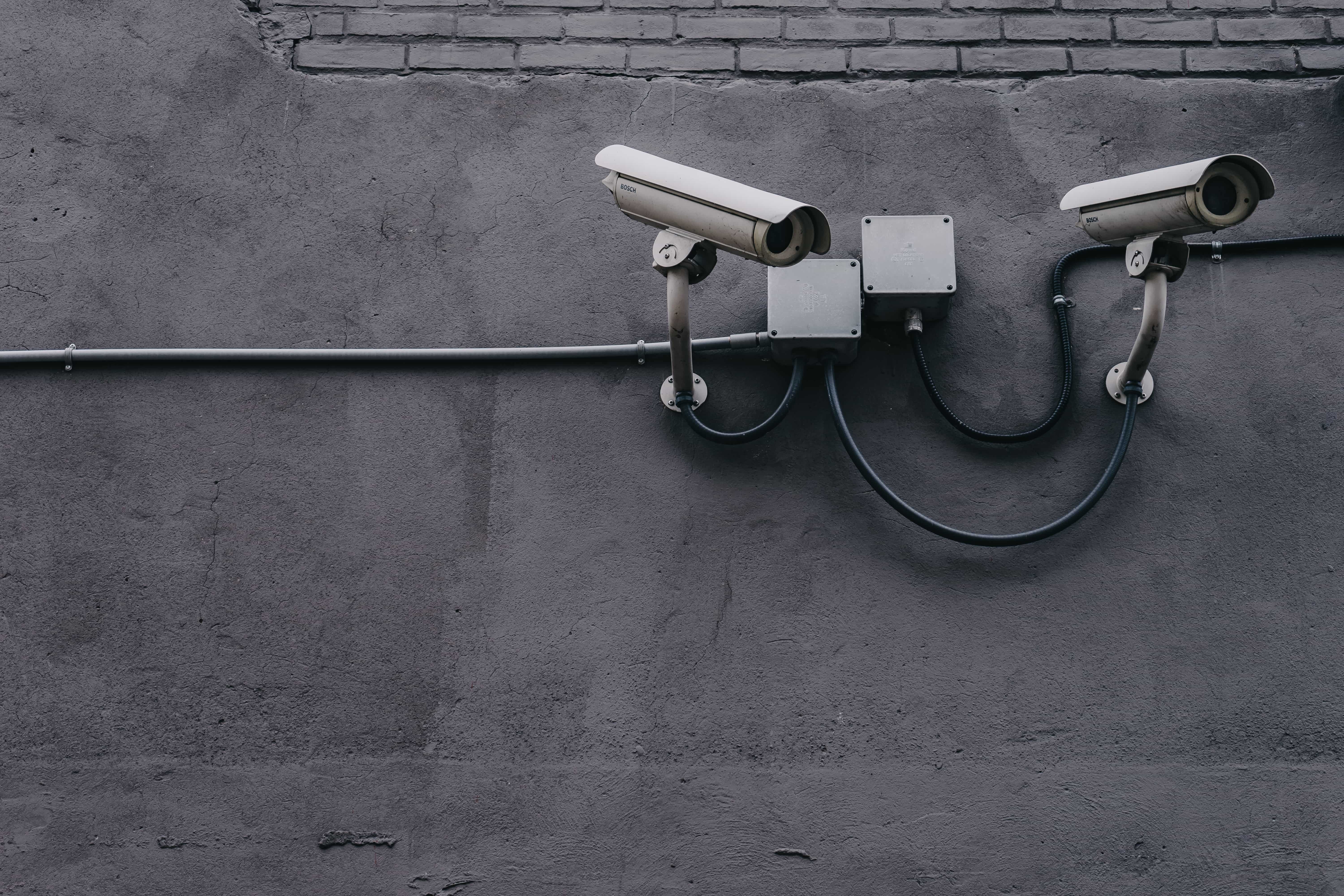Home CCTV Installation:
Ensuring Safety and Security
Understanding the Importance of Home CCTV Systems:
Home CCTV systems offer numerous advantages, making them an integral part of modern home security. Firstly, they act as a powerful deterrent to potential intruders, as the presence of visible cameras signals that the property is under surveillance. Additionally, CCTV footage serves as solid evidence in the event of a break-in or other criminal activities, assisting law enforcement authorities in identifying culprits. Furthermore, these systems allow homeowners to monitor their properties remotely, providing a sense of peace and control even when they are away.
Components of a Home CCTV System:
A typical home CCTV system comprises several key components. The central element is the cameras, which can be either analogue or digital IP cameras. Analogue cameras record video footage and transmit it to a Digital Video Recorder (DVR), while IP cameras transmit footage directly over an internet connection. The choice between analogue and IP cameras depends on factors such as budget, desired image quality, and scalability.
Another crucial component is the DVR or Network Video Recorder (NVR). This device stores and manages the video footage captured by the cameras. Modern NVRs offer advanced features such as motion detection, remote access, and the ability to integrate with other smart home devices.
In addition to cameras and recorders, a CCTV system requires cabling to connect the components. Coaxial cables are typically used for analogue systems, while Ethernet cables are used for IP systems. Power supplies, connectors, and mounting hardware are also essential for a successful installation.
Home CCTV Installation Process:
Assessing Security Needs:
Before beginning the installation, it is crucial to assess the specific security requirements of the property. Determine the vulnerable areas, such as entry points, driveways, and backyards, and prioritize camera placement accordingly.
Designing the System:
Based on the assessment, create a system design that includes the number and types of cameras required, the positioning of cameras for optimal coverage, and the type of recording equipment. Consider factors like lighting conditions, camera resolution, and storage capacity during the design phase.
Camera Installation:
Install the cameras in the designated locations, ensuring they are securely mounted and angled appropriately. Pay attention to factors like height, field of view, and potential obstructions. Test each camera to ensure it captures clear footage and adjust settings if necessary.
Running Cables:
Carefully run the required cables from the cameras to the recording equipment. Conceal the cables whenever possible to maintain an aesthetically pleasing appearance. Use cable clips or conduits to secure and protect the cables from damage.
Connecting Cameras to the Recorder:
Connect each camera to the DVR or NVR using the appropriate cables and connectors. Follow the manufacturer's instructions for proper connectivity. Test the connections to verify that the cameras are communicating with the recording device effectively.
Power Supply:
Ensure a stable power supply for the cameras and recording equipment. Depending on the system, power can be provided through individual power adapters or a centralized power distribution box. Consider using uninterruptible power supply (UPS) units to protect the system from power outages.
Configuring and Testing the System:
Configure the recording device by setting up motion detection, video quality, recording schedules, and remote access. Test the system thoroughly to ensure that all cameras are functioning correctly, the footage is being recorded, and remote viewing options are operational.
Why Have CCTV Systems In Your Home:
Deterrence Against Criminal Activity:
One of the primary reasons to install CCTV is its ability to deter potential burglars and vandals. Visible cameras around your home make it clear that any suspicious activity is being monitored and recorded, significantly reducing the likelihood of crime.
Real-time Monitoring:
Modern CCTV systems come with remote access capabilities, allowing you to monitor your property in real-time from your smartphone, tablet or computer, regardless of your location. This feature provides peace of mind when you're away, whether for work, vacations, or short trips.
Home CCTV installation plays a vital role in protecting our homes and loved ones. By investing in a well-designed and properly installed CCTV system, homeowners can deter criminals, gather evidence in case of incidents, and enjoy remote monitoring capabilities. This guide has provided an overview of the importance of home CCTV systems, the components required, and the installation process. Remember to assess security needs, design the system thoughtfully, and follow best practices during installation to maximize the effectiveness of the CCTV system. By taking proactive steps to secure our homes, we can create safer environments and experience greater peace of mind. Contact us now for a free no-obligation quote and start transforming your life into a more secure one.










